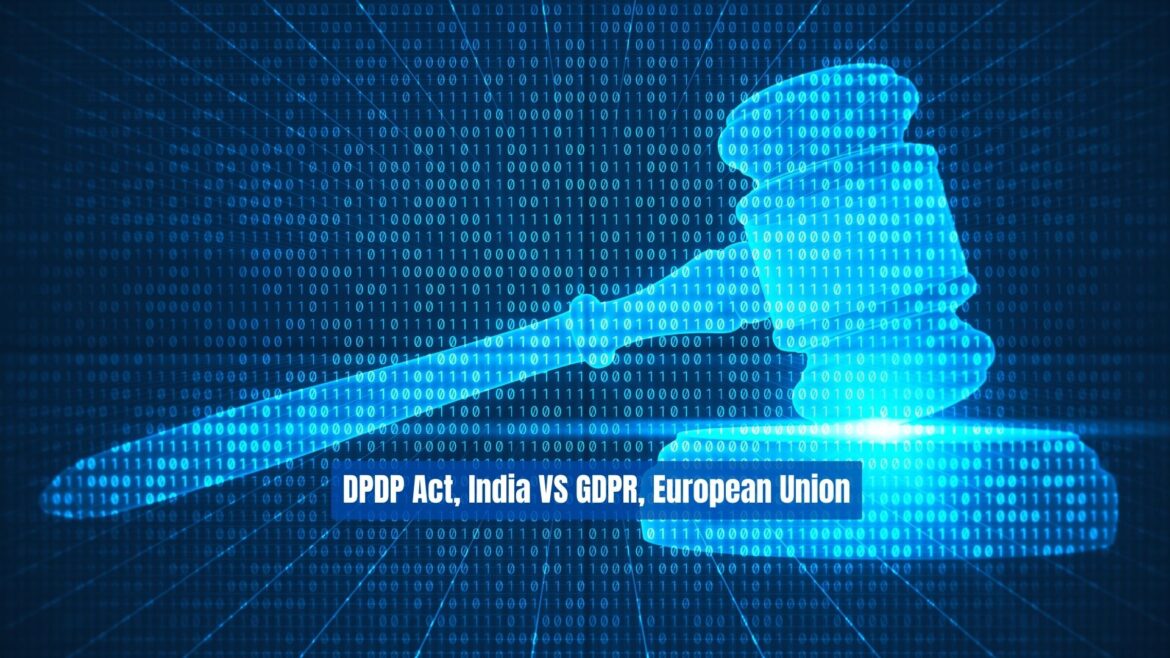The three foundational components of Digital Public Infrastructure ensure inclusivity, security and efficiency in e-governance and ensure people’s participation in economy building.
India’s model of DPI is being adopted by several developing countries to build their digital economy. India’s DPI framework has been showcased at multiple G20 summits and have promoted the digital infrastructure on the global platform. International collaborations are underway with countries like Brazil, Indonesia, African Nations to adopt various elements of India’s DPI framework. Singapore, being a developed nation is also adopting India’s UPI system.
Some of the tools under the DPI belt like Aadhaar, UPI, DigiLocker, DigiYatra, ONDC etc have transformed how India as a country operates and progresses. These tools have transformed governance, financial services and digital commerce. However, implementing these tools and frameworks in a country like India with population over 1 billion was not easy. India has achieved remarkable progress in the implementation process. Let’s look at the various challenges faced which implementing Digital Public Infrastructure and the mitigation strategies.
Challenges in India’s Digital Public Infrastructure Development
1. Digital Divide and Accessibility Issues
India’s digital infrastructure is rapidly moving towards a robust, access to all system. However, there is a significant digital divide. There is unequal access to smart phones, internet and digital literacy in rural and remote areas. While cheap devices and internet is making it easy for everyone to own smartphones, there is still a significant gap. Indian organisations like NIXI are working towards last mile connectivity, bringing 5G and fiver-optic networks in rural areas.
There is low awareness amongst the marginalised communities about the digital services. The government is undertaking various capacity building and training workshops to bridge the gap as well. There are digital literacy programs underway like PMGDIKSHA - Pradhan Mantri Gramin Digital Saksharta Abhiyan.
2. Cybersecurity & Data Privacy Risks
With Digital Public Infrastructure comes the responsibility of the security and privacy of the data of billion people using the tools and applications. With a digital ecosystem of this massive level comes the threats of data breaches, cyber frauds and hacking of sensitive personal information.
India has successfully been able to protect the data of it’s people. With strategies like strong data encryption, AI driven fraud detection systems, user awareness and cyber cells in place to help people incase of issues has worked well. India is also in the process of introducing the DPDP Act i.e. Digital Personal Data Protection Act which will make organisations accountable for the security and privacy of individual’s personal data.
3. Interoperability and Integration Challenges
When a country tries to move towards e-governance and create its Digital Public Infrastructure, there are multiple applications for multiple domains making governance and lives easier. However, a major challenge is that these applications should be able to integrate and interact smoothly with each other. Example, Aadhaar is integrated with UPI and DigiLocker for user verification.
At present India has achieved some level of integration amongst major application effectively, but many government databases are not yet fully interoperable which poses a significant challenge. Working towards standardisation of databases will be key here.
4. Digital Fraud and Financial Risks
With digital infrastructure and frameworks becoming primary ways to conduct day to day business, number of digital frauds and scams are increasing. There is an every increasing cyber security and financial risks. It is crucial to have system is place with foolproof cyber security. It is important to follow international standards like OWASP 10 while developing applications. Some common ways would be multi factor authentication and AI driven fraud detection. Financial services can have risk-based real-time transaction monitoring.
5. Resistance to Digital Adoption
Resistance to digital adoption in India is relatively low. Digital illiteracy could be one reason for low adoption but definitely not unwillingness. Government can provide incentives for MSMEs to adopt digital transactions, it can launch training programs for small businesses and self employed workers.
To overcome many challenges, India is adopting a multi-pronged approach that includes policy reforms, stronger cyber security measures, digital inclusion and public private sector collaboration.






